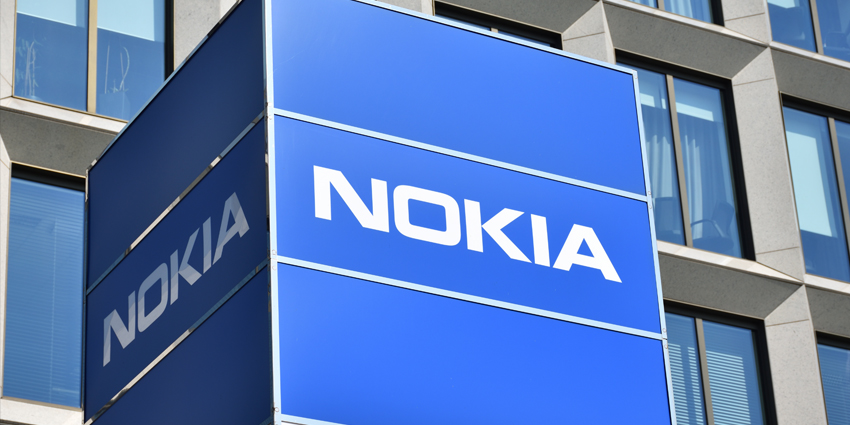XR represents one of the most exciting avenues for business transformation. With the right extended reality technology, companies can boost creativity, enhance collaboration, and deliver stronger customer experiences. By 2026, the extended reality market is set to reach a value of $397.81 billion, registering a CAGR of around 57.91% within the next 5 years.
However, even with such significant growth to point towards, it’s not always easy to justify a significant investment in a disruptive new technology. For the automotive industry, building a business case highlighting the possible benefits of XR will be crucial.
Let’s look at how you can build a more effective business case for XR in the automotive industry.
Step 1: Consider the Various Aspects of XR
Extended Reality comes in a multitude of different flavors, intended to suit the different needs of the XR landscape. For instance, virtual reality in the automotive industry was valued at around $759.3 million in 2019, but experts now predict the market will be worth $14.7 billion by 2027. Virtual reality has the potential to enhance training opportunities, deliver new driving lessons to customers all over the world, and build virtual showrooms for car companies.
On the other hand, augmented and mixed reality can allow business leaders in the automotive space to connect the virtual and real worlds for rapid innovation. With mixed reality, innovators at Kia are working collaboratively with their colleagues to design new prototypes for vehicles at an incredible pace, keeping costs to a minimum.
Alternatively, AR solutions can bring more information into the vehicle environment for business users. BMW and Basemark worked together to create an AR application for a new era of BMW cars, providing customers with real-time information in an immersive dashboard.
Step 2: Experiment with Education
One of the easiest ways to get quick benefits from the XR environment in the automotive space, is to leverage immersive technology for education. Training everyone from field service technicians to managerial staff and customer-facing agents is easier with access to XR.
Companies can immerse their team members in VR environments where they can learn how to use various devices and tools in a memorable format.
The potential of VR for education is so significant it’s already helping people to prepare for their driving tests, and learn how to operate complex vehicles, like tanks and planes.
Aside from simply helping your team members to be more effective in their roles, using XR in an educational format in the automotive industry could also help with improving customer experience. It would allow customer service and sales agents to walk customers through how to use new features in a car, without having to have access to a physical model.
Step 3: Look at Upgrading Collaboration
Few truly life-changing innovations happen in any industry happen without excellent teamwork. As the automotive landscape grows increasingly complex, with more new technology and opportunities emerging all the time, teams need to work together to come up with phenomenal ideas.
Fortunately, XR creates the perfect environment for this immersive collaboration in a digital world. Even when teams can’t collaborate face-to-face, they can use digital twins of products and prototypes in an MR, AR, or VR environment to experiment with parts, explore the use of different materials, and review designs at scale.
The use of extended reality solutions gives team members more freedom to work without restrictions, in an environment where they can easily bring in other specialists and experts whenever necessary.
The right environment also allows business leaders to share prototypes with approval and compliance teams so they can accelerate time to market for new creations.
Step 4: Address Cost-Saving Opportunities
One of the biggest concerns for companies considering the move into the XR automotive environment, is the cost associated with buying new software and hardware. While there will always be expenses to consider when implementing new technology, it’s worth remembering that these tools can also lead to savings in the long-term.
Companies like Ford, for instance, use virtual laboratories to experiment with design options today, reducing the costs required to invest in expensive materials and prototyping processes.
When teams can work with virtual versions of products, they can iterate and discover new opportunities at a faster pace, without the costs associated with old-fashioned design strategies.
Extended reality also ensures teams don’t have to travel around the world to present a new idea or prototype to a business leader or executive team.
Through virtual and mixed reality, it’s possible for companies to give executives the freedom they need to walk around a representation of a car and give their approval that way instead.
Step 5: Prioritise Customer Experience
In the automotive industry, XR solutions have the potential to significantly improve the employee experience, by strengthening collaboration and opening the door for more creative instances of teamwork. However, there’s also significant potential in XR to improve the customer experience too.
As mentioned above, XR solutions can help sales and service teams to walk their customers through their new car and show them how to use various features.
The same solutions can help business leaders for car manufacturers to walk employees and mechanics in the service environment through the process of completing various complex tasks to fix a vehicle issue.
Companies like Porsche are already using AR smart glasses to support mechanics, leading to a 40% reduction in service resolution times, by allowing technicians to see schematics overlaid on top of a vehicle as they work.
Most importantly, XR offerings mean companies can create entire virtual showrooms for their customers, so they can explore potential new vehicles from the comfort of their own home. With these tools, companies can even ensure they’re ready to leverage the benefits of the Metaverse going forward.
Step 6: Look at Competitive Innovation
Finally, like any company in today’s modern marketplace, car manufacturers need to be able to innovate at an incredible pace to stay ahead of their competitors. With XR, businesses can build unique experiences and opportunities into their vehicle brands.
Through XR, you can prepare yourself for a future in the Metaverse, where customers will be using more virtual environments to interact with companies and their products. You can also take new steps towards a future of safer and more informed driving, with concepts like augmented and mixed reality windshields to reduce the risk of accidents.
If you want to stay ahead for the curve in the automotive world, you need to explore the benefits of XR.







